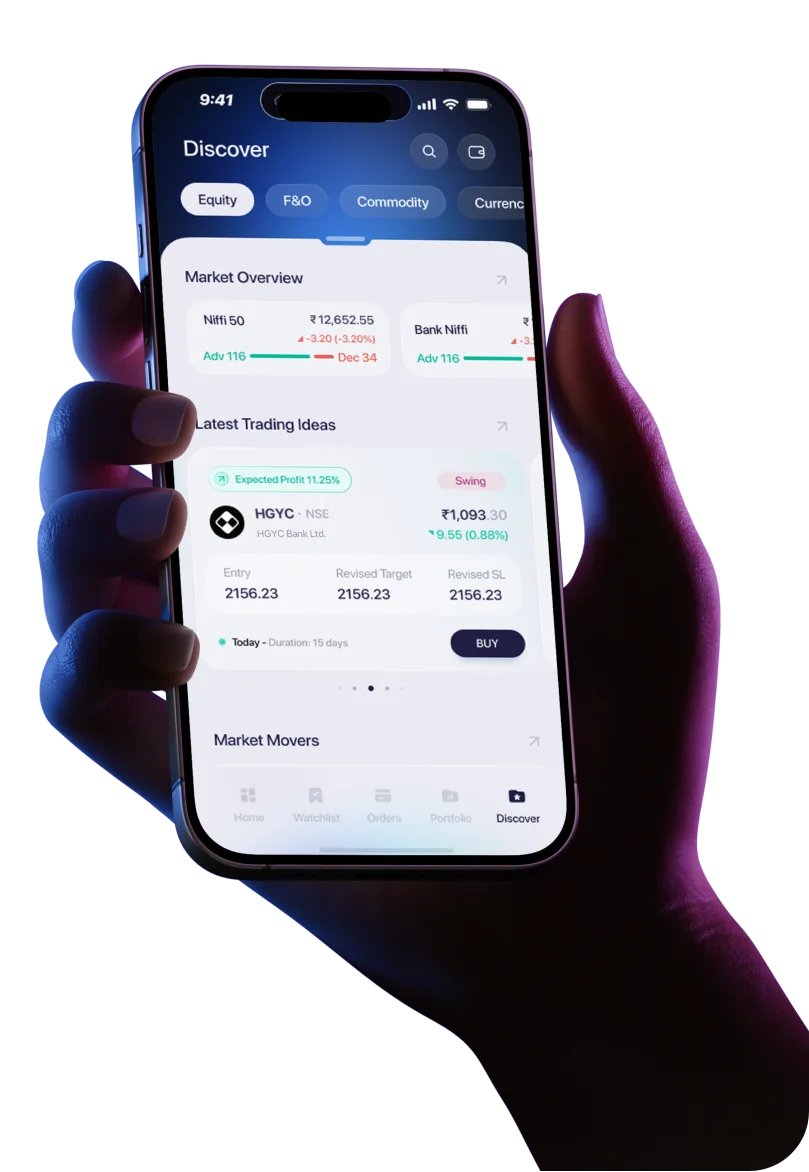Market Performance
Tata Motors' share price dropped sharply by 2.8% on Wednesday, May 14, trading at Rs 687.9 on the NSE following a disappointing Q4 earnings report. The decline comes after the automaker reported a substantial 51% fall in consolidated net profit for the quarter ended March 2025.
Main News
Tata Motors delivered a consolidated net profit of ₹8,470 crore for the fourth quarter of FY25, marking a drop from ₹17,407 crore recorded in the same quarter last year. This marks one of the steepest year-on-year quarterly declines for the company in recent times.
Despite this sharp drop in profits, the company's total revenue from operations saw a marginal rise of 0.4%, reaching Rs 1,19,503 crore compared to Rs 1,19,033 crore in Q4 FY24. However, the revenue figure fell short of market expectations.
Company Details
The performance of Jaguar Land Rover (JLR), Tata Motors' luxury vehicle subsidiary, remained a key contributor:
- Sales volumes at JLR increased by 1.1%, driven by demand for premium SUVs in North America and Europe.
- JLR's revenue rose by 2.4%, despite slowing growth in China.
- The high-margin SUV segment helped cushion weak demand in Tata Motors' domestic business, which includes cars, buses, and trucks.
Tata Motors continues to navigate a challenging landscape in the Indian auto market, even as international demand supports its overall financial health.
Financial Breakdown
Revenue
- Rs 1,19,503 crore in Q4 FY25
- Up 0.4% from Rs 1,19,033 crore in Q4 FY24
Net Profit
- Rs 8,470 crore in Q4 FY25
- Down 51% from Rs 17,407 crore in the same quarter last year
JLR Highlights
- Sales volume growth: 1.1%
- Revenue growth: 2.4%
Summary
Tata Motors share price witnessed a sharp dip of nearly 3% following a weak fourth-quarter performance. While the net profit halved year-on-year, a slight increase in revenue and JLR sales offered some support. The performance highlights the company's growing reliance on international markets and the challenges it faces domestically.
As the Tata Motors share price continues to react to quarterly results, investor attention will likely remain on upcoming quarters, especially in light of macroeconomic pressures and demand fluctuations in key markets.




 Easy & quick
Easy & quick
Leave A Comment?